
This is World’s ‘Most Lethal’ Food That Claims 200 Lives Annually
The World’s Most Dangerous Foods: Temptation on the Edge of Risk
For most people, food is a source of nourishment, comfort, and joy. Yet, across cultures and continents, certain dishes carry risks so severe they can cause illness, poisoning, or even death. Despite these dangers, millions of people continue to eat them—whether out of necessity, tradition, or sheer curiosity.
Below are 10 of the most dangerous foods in the world, along with the hidden risks behind them and why they remain on our plates.
Cassava: The Cyanide-Laced Staple
At first glance, cassava looks like a harmless root vegetable, but both its roots and leaves contain cyanogenic glycosides—chemicals that release cyanide when eaten raw or improperly processed. In high amounts, cyanide can trigger paralysis, thyroid problems, or even death.
According to the World Health Organization (WHO), cassava poisoning kills roughly 200 people every year, earning it the grim label of “the world’s deadliest food.” Yet it continues to feed more than 800 million people across 80 countries. Why? Because cassava is incredibly drought-resistant, affordable, and rich in carbohydrates—making it a survival food for entire communities.
When carefully processed—soaked, fermented, dried, or boiled—cassava becomes safe to eat. For many families, eating cassava isn’t a choice, but a vital necessity.
Fugu: Japan’s Deadly Delicacy
The Japanese pufferfish, known as fugu, is notorious for containing tetrodotoxin—a poison that is “200 times more lethal than cyanide,” according to the BBC. Even tiny amounts can paralyze muscles and stop breathing, while leaving the victim fully conscious. No antidote exists.
Every year, about 50 people suffer from fugu poisoning, mostly due to home preparation by untrained cooks. Only licensed chefs, who train for years, are allowed to prepare it professionally. The fish’s liver, ovaries, and intestines contain the highest toxin levels and must be removed with extreme precision.
Despite the danger, fugu remains a celebrated part of Japanese cuisine, served as sashimi or in hot pots—symbolizing both mastery and risk-taking. For adventurous eaters, tasting fugu is considered a once-in-a-lifetime culinary experience.
Starfruit: A Hidden Neurotoxin
Starfruit shines with its tropical sweetness and high vitamin C, but it hides a dangerous side. For people with kidney disease, starfruit can be fatal. Its neurotoxins accumulate in the blood when the kidneys fail to filter them out, leading to hiccups, confusion, seizures, and sometimes death.
For healthy individuals, starfruit poses no danger and is praised for its antioxidant-rich profile. But for kidney patients, even a single slice can have devastating consequences.
Cherry Pits & Apple Seeds: Deadly Cores
The flesh of cherries and apples is safe, but their pits and seeds hide amygdalin, a compound that turns into cyanide when crushed. Accidentally swallowing a whole seed is harmless since it passes through the digestive tract intact. But chewing or breaking them open releases toxins that can cause nausea, dizziness, or in large amounts, respiratory failure.
While fruit lovers can continue to enjoy these sweet favorites, the key is to avoid consuming the seeds in large quantities.
Green Potatoes: Toxic Solanine
Potatoes left too long in sunlight turn green as chlorophyll builds up. While chlorophyll itself is harmless, it signals the presence of solanine—a toxin that can cause headaches, nausea, and, in extreme cases, coma or death.
Though rare today, solanine poisoning has been documented in history. The risk can be avoided by discarding sprouted or green potatoes and peeling off green patches.
Raw Cashews: Poison in Disguise
Cashews sold as “raw” in stores are not truly raw—they’ve already been steamed to remove urushiol, the same toxin found in poison ivy. True raw cashews can cause severe allergic reactions and blistering skin rashes.
Interestingly, mango skins also contain urushiol in small amounts, which explains why some people develop rashes when peeling mangoes. Once processed, however, cashews are safe, healthy, and beloved worldwide.
Nutmeg: The Hallucinogenic Spice
Nutmeg adds warmth to holiday desserts, but in large doses, it acts as a hallucinogen. The culprit is myristicin, a compound that affects the nervous system. Consuming as little as two teaspoons can trigger nausea, dizziness, paranoia, or hallucinations lasting for days.
In extreme cases, nutmeg poisoning has led to hospitalizations and psychotic episodes lasting months. While safe in small culinary amounts, nutmeg becomes a powerful and dangerous drug when abused.
Wild Mushrooms: Fatal Lookalikes
The world of wild mushrooms is full of edible treasures—but also deadly traps. The infamous “death cap” mushroom contains amatoxins that cause irreversible liver and kidney failure. Unfortunately, it closely resembles edible varieties, making foraging dangerous for the untrained eye.
Out of the 70–80 known poisonous mushrooms, only a handful are truly lethal, but misidentification can be fatal. Unless you’re an expert, it’s safest to stick to store-bought mushrooms.
Rhubarb Leaves: Sweet but Deadly
Rhubarb stalks are beloved for pies, jams, and tarts, but the leaves are toxic due to high levels of oxalic acid. Ingesting them in large amounts can damage kidneys and lead to respiratory issues.
To safely enjoy rhubarb, discard the leaves entirely and stick to the edible stalks.
Kidney Beans: Toxic if Undercooked
Kidney beans may be a healthy source of protein, but when eaten raw or undercooked, they contain phytohaemagglutinin—a toxin that causes severe vomiting and stomach cramps. Eating as few as four or five raw beans can trigger symptoms.
Boiling beans for at least 10 minutes neutralizes the toxin. However, slow cooking at low heat can make the toxin even stronger, so careful preparation is crucial.
Why Do We Still Eat Them?
Despite their risks, these foods endure. For some, like cassava and kidney beans, survival and tradition outweigh the dangers. For others, like fugu or nutmeg, thrill-seeking or cultural pride drives their consumption.
They highlight an essential truth about food: it is not just fuel for the body, but also a reflection of culture, resilience, and human daring.
Would You Try Them?
From cassava fields in Africa to sushi counters in Tokyo, these foods continue to shape diets and traditions. Have you ever dared to try one of these risky dishes? And if you haven’t—would you?
News in the same category


Early Signs of Liver Damage You Shouldn’t Ignore

Wrinkles Aren’t Just a Sign of Aging – Here’s What’s REALLY Causing Them

The danger of storing this in the refrigerator: a common habit that can affect your health

There is one thing you must unplug every time it rains or thunders

Just one spoon and you’ll run to the bathroom

Why Is One Knee Swollen but Not the Other?

A1c Testing in EDs Can Spot Undiagnosed Diabetes Cases
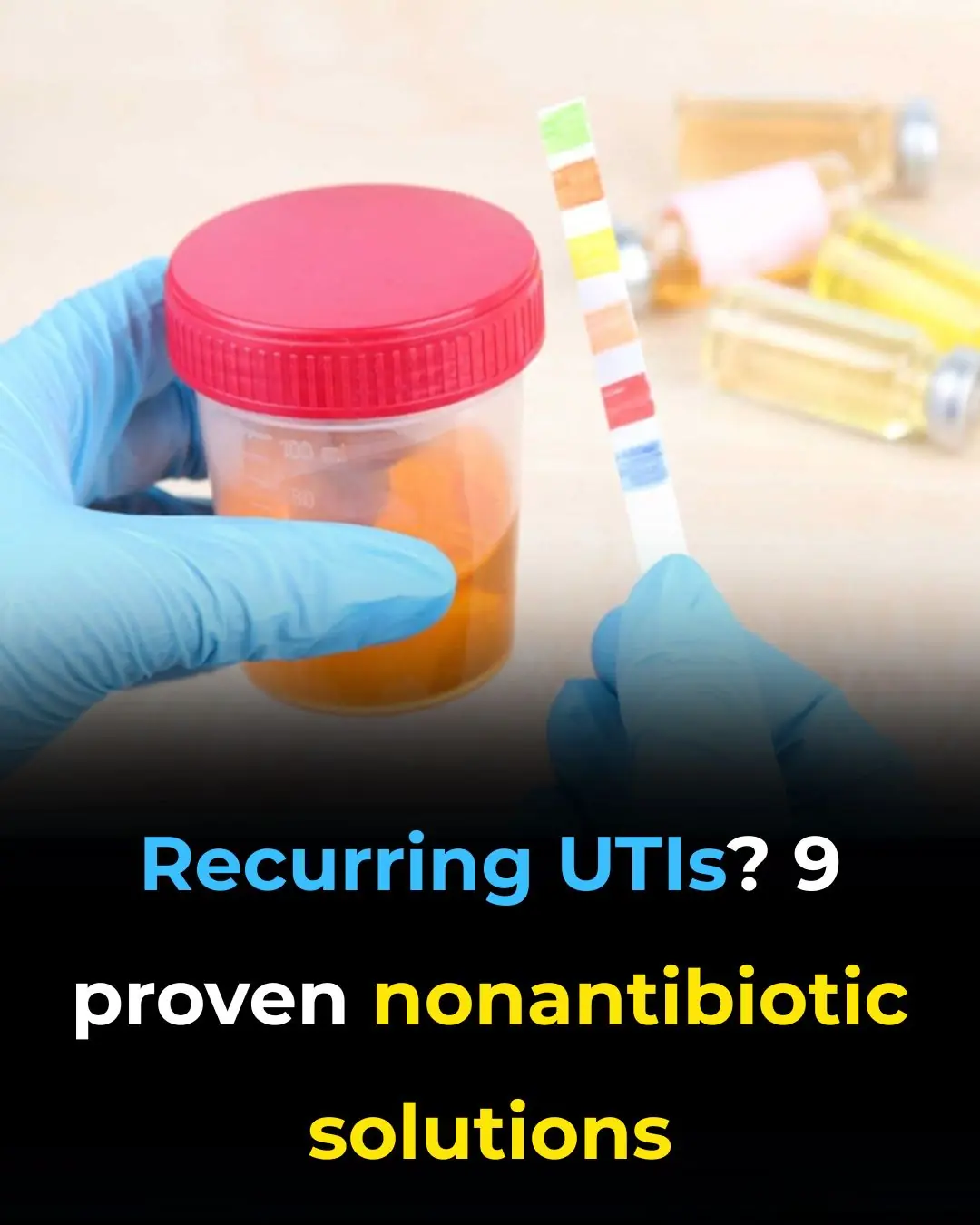
Recurring UTIs? 9 Proven Nonantibiotic Solutions

10 powerful plants to eliminate excess mucus and phlegm naturally

Spot these 10 warning signs of a stroke one week before
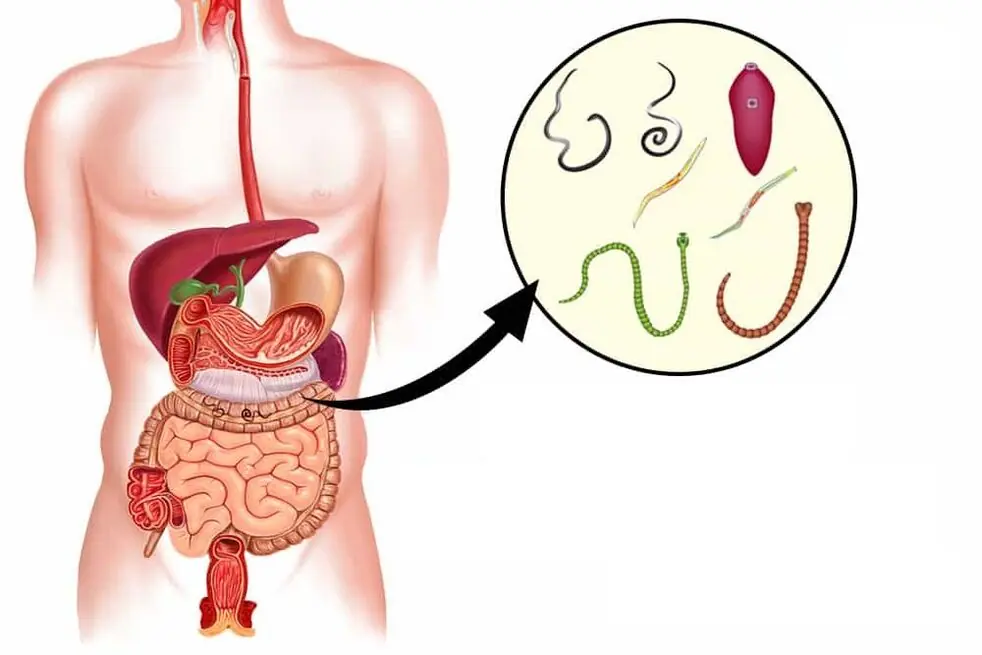
How to Get Rid of Worms in Humans
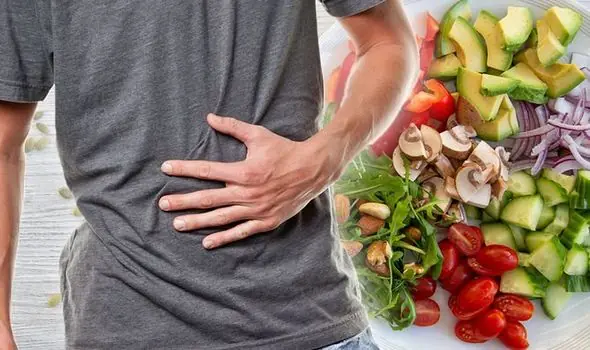
Proven Foods to Beat Gas and Bloating and Flatten Your Stomach
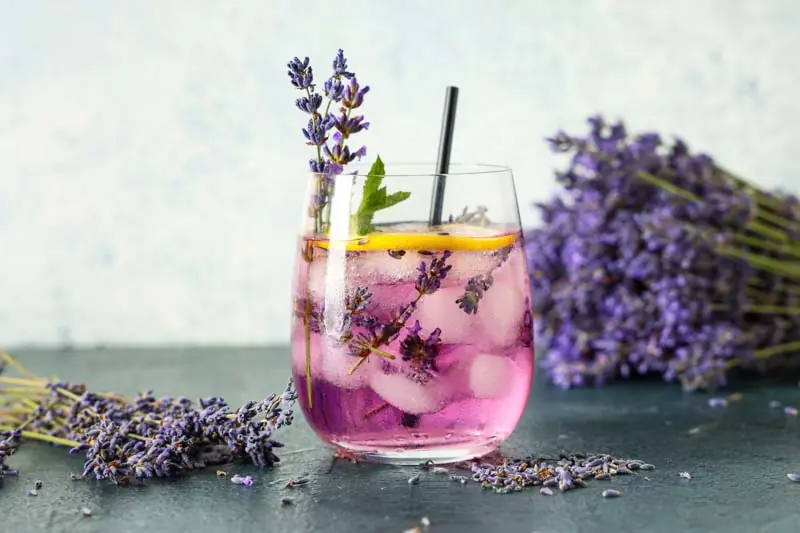
How to Make Lavender Lemonade to Help Get Rid of Headaches and Anxiety

1 shot to open arteries instantly (prevent heart attack & stroke)

5 early signs of poor circulation & how to boost blood flow

High Blood Pressure Drug Linked to Heart Failure, Study Shows

1 food for heart attack, hypertension, stroke and cholesterol?
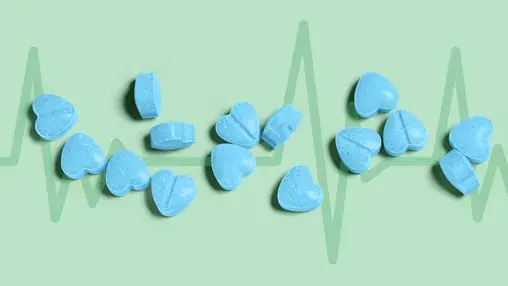
Beta-Blocker Dos and Don’ts
News Post

Bizarre truth behind viral Tennessee truck stop that's impossible to visit

You Won’t Believe How Easy It Is To Get Rid Of Warts And Skin Tags With This Trick

Early Signs of Liver Damage You Shouldn’t Ignore

Wrinkles Aren’t Just a Sign of Aging – Here’s What’s REALLY Causing Them

Drift Off in Under Two Minutes with This Military-Approved Sleep Technique

The danger of storing this in the refrigerator: a common habit that can affect your health

There is one thing you must unplug every time it rains or thunders

Just one spoon and you’ll run to the bathroom

Why Is One Knee Swollen but Not the Other?

A1c Testing in EDs Can Spot Undiagnosed Diabetes Cases

Recurring UTIs? 9 Proven Nonantibiotic Solutions

10 powerful plants to eliminate excess mucus and phlegm naturally

Spot these 10 warning signs of a stroke one week before

🦷 Understanding Tooth Decay and Remineralization

🧄 Health Benefits of Eating Raw Garlic Daily
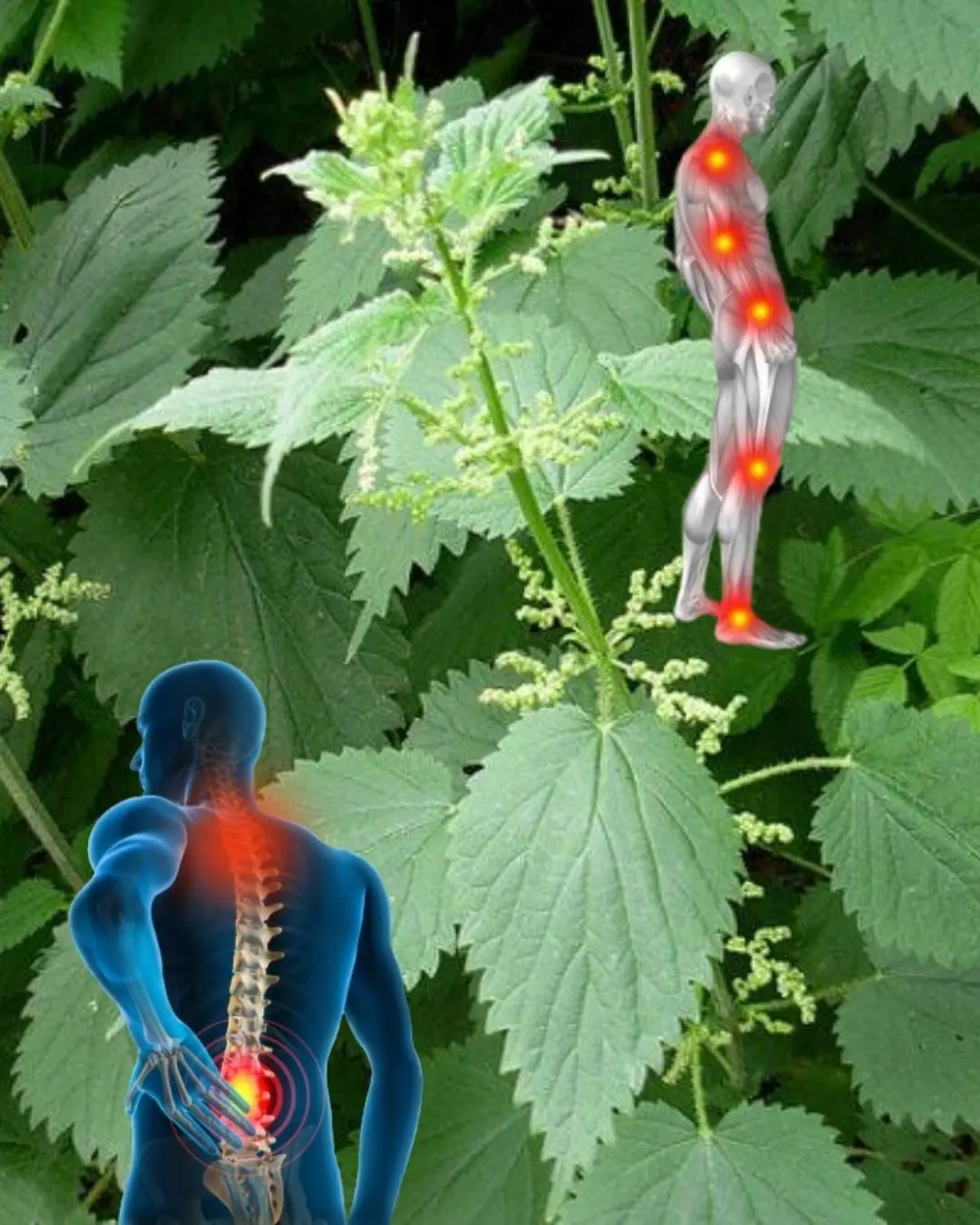
🌿 Stinging Nettle (Urtica dioica): 17 Remarkable Benefits You Should Know
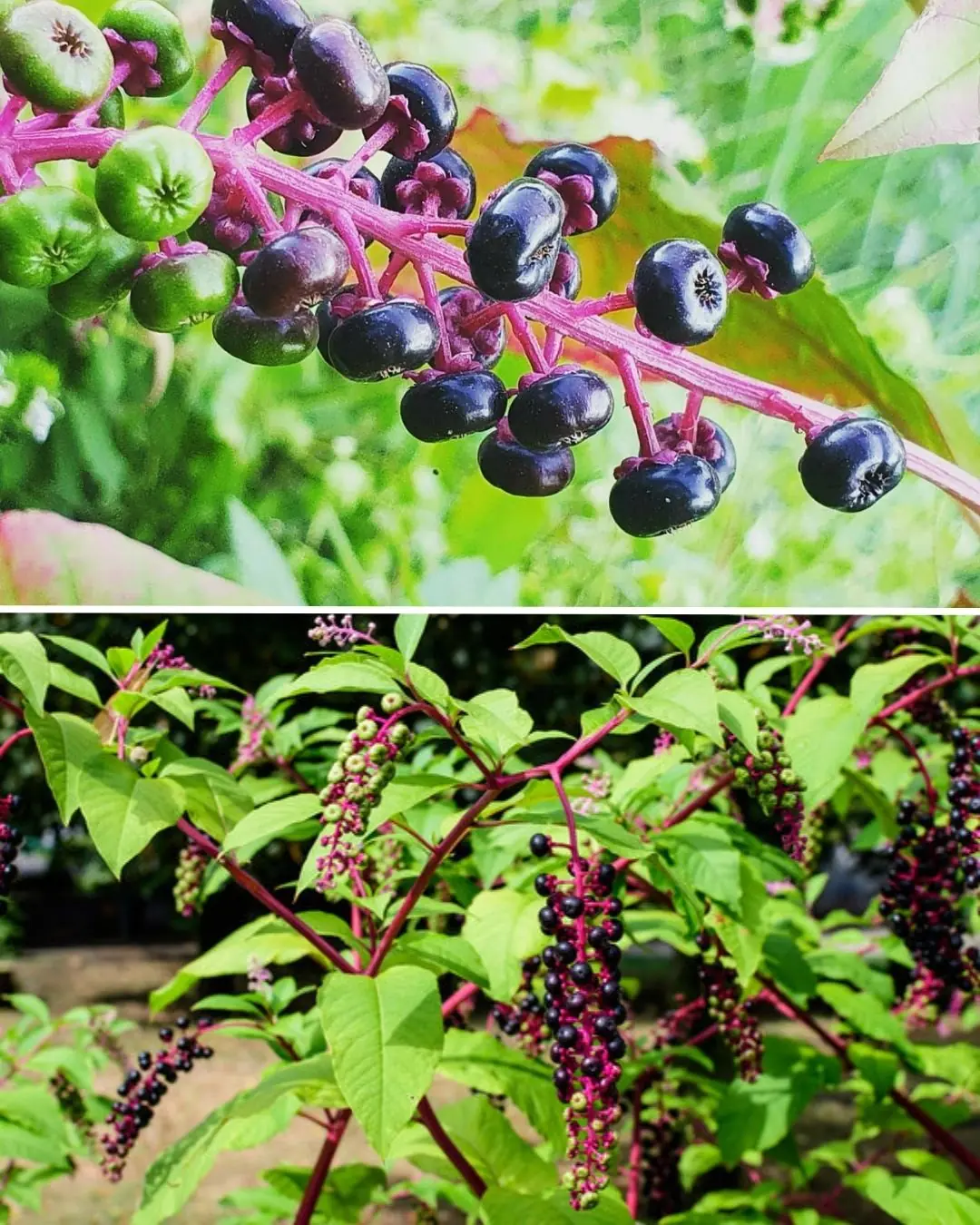
Pokeweed (Phytolacca americana): A Toxic Plant to Avoid

Aloe Vera and Clove Toner: A Natural Remedy for Aging Signs
